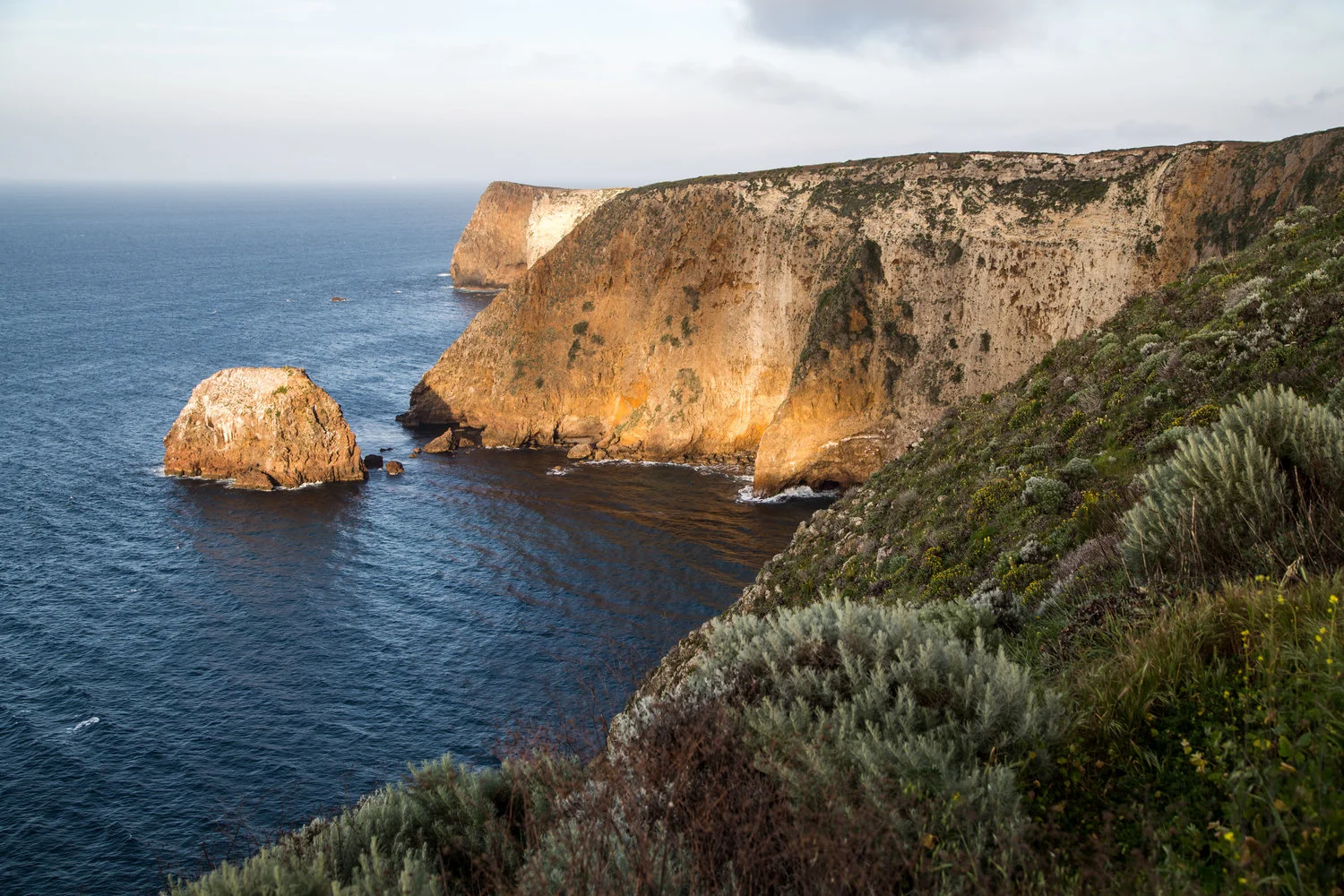To date, President Joe Biden has designated five national monuments since coming to office in 2021. Here we take a look at four of those five national monuments that had a land conservation element, and what might be on the slate before the end of his first term.
Read MoreWe wanted to now take a look at some other proposed national monuments: places that have had years of support from local conservation groups and indigenous tribes. Below are three proposed national monuments which are gaining and deserve our attention.
Read MoreThe Te Araroa, or “the long pathway” in Maori, is a 3000km trail that passes from the northern tip of the New Zealand’s North Island to the southern tip of the South Island. Rugged mountains, roaring rivers, temperate rainforests, windy grasslands and sandy coastlines are examples of the terrain one should expect to cross when hiking the Te Araroa.
Read MoreThe Sian Ka'an Biosphere Reserve and UNESCO World Heritage Site, and the neighboring Maya Ka'an region more to the interior of the Yucatan Peninsula offer a different kind of tourism, compared to many of the populated coastlines. The photos below were taken during a week of visiting Maya Ka'an and the Sian Ka'an Biosphere Reserve.
Read MoreAn interview with Jeanine Moy, Outreach Director with KS Wild about the importance of USA's first and only national monument designated specifically because of its extraordinary ecology and biodiversity. This special place in Oregon is now on Secretary Zinke's list of recommendations to be reduced in size, despite strong local support.
Read MoreCarrizo Plain National Monument is the largest remaining native grassland in the state of California, and though technically not part of the Central Valley (there’s a small mountain range that divides them), the ecosystem within the monument is very similar to that which made up most of the Central Valley prior to it being converted to agriculture. We had the opportunity to speak to both Neil Havlik and Steph Wald with the Carrizo Plain Conservancy, which is currently actively trying to increase the monument’s size.
Read MoreTucked between the Caliente Range and the Temblor Range lies a unique ecosystem. Most of California's San Joaquin Valley's grasslands have been converted to industrial, agricultural, or urban use - but the Carrizo Plain National Monument is a safe haven for grasses and wildflowers, harboring unique species and bringing visitors from around the world during years when the conditions are just right to cause an explosion of color during the occasional super bloom. In fact, it is the largest single native grassland remaining in California.
Read MoreFloating down the Upper Missouri River is like entering one of those paintings you often see of the west from the 1800s: dry rugged hillsides, with a lush riparian valley filled with wildlife that drink from and depend upon the life-giving waters of the Missouri River.
Read MoreA collection of photos from New Mexico's Organ Mountains-Desert Peaks National Monument and Rio Grande del Norte National Monument.
Read MoreOver the last few decades, a major effort has been in the works to create one of the world’s greatest natural wonders: a connected system of national parks through one of the planet’s great wildernesses. Chile’s Route of Parks, or Ruta de los Parques, will create a chain of 17 national parks, crossing 1,500 miles of Chile, from the northern Valdivian temperate rainforests of Patagonia, to the windswept southern reaches of the continent.
Read MoreIt is often the jaw-dropping mountains, untouched fiords, hanging glaciers, and pristine forests that bring us to the remote land of Chilean Patagonia; but the wildlife that lives here can be just as impressive.
Read MoreTantauco Park, or Parque Tantauco, is a well-built, well-managed conservation project that is working hard to protect and restore the extremely rare Guaitecas cypress and its ecosystem. For visitors, the park hosts over 130 km of well-built trails, as well as domes, a lodge and backcountry cabins. A description of the hike through this beautiful park.
Read MoreThe future Patagonia National Park’s trails take visitors through some of the most beautiful areas of Valle Chacabuco, crossing forests, grasslands, alpine meadows, and glacial rivers.
Read More“We created the space needed for the recuperation of native species. It gave them the chance to repopulate the space they had lost with the arrival of livestock." Interview with Conservacion Patagonica's Director of Conservation, Cristián Saucedo Gálvez.
Read MoreFor those that make the journey, their patience will be rewarded with incredible views of the Darwin Range, rare sightings of Fuegian biodiversity, and vivid emotions that might only be found in the remaining wildernesses of the world.
Read MoreIntact ecosystems and their continuous conservation are something that an increasing number of people are willing to pay to witness, and whether for their endemic species, evolutionary importance, or rich biodiversity, many islands around the world claim to be different regions’ “Galápagos”.
Read More"When you go to dive you have privacy and the fishes have peace, and you don't have a 'New York' underwater." Interview with Mathias Espinosa, co-founder of Scuba Iguana, the oldest operating dive company on Santa Cruz Island.
Read MoreWe arrived to the Galapagos Islands by sea, following a similar trajectory that many of the species that call these islands home may have taken tens of thousands of years ago.
Read More

















